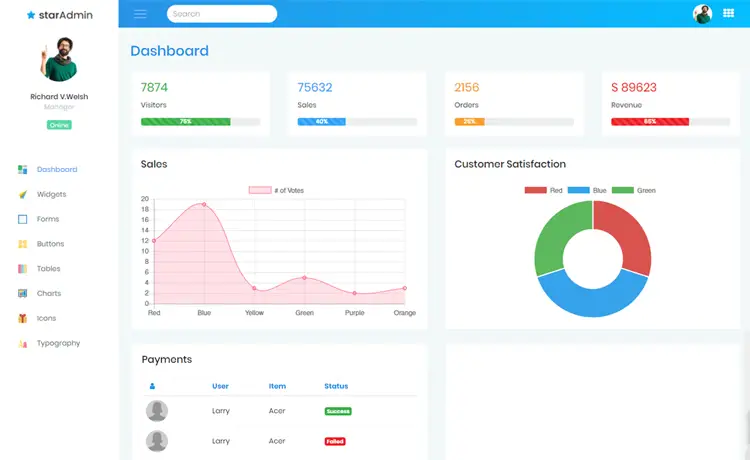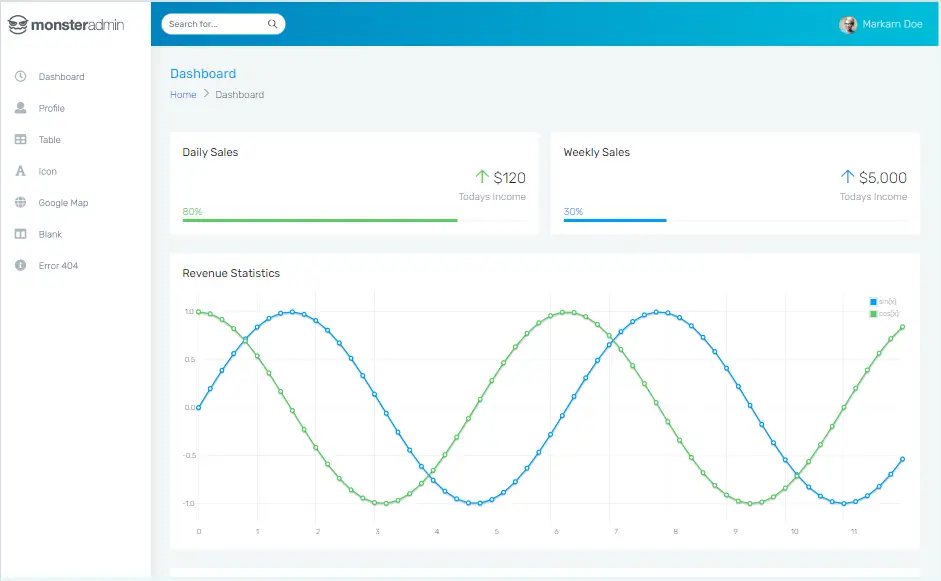DB NULL in C#
By Tan Lee Published on Nov 10, 2024 1.06K
It's common for C# developers to confuse DBNull.Value with null because both represent the absence of a value, but they are used in different contexts:
DBNullrepresents a missing or undefined value from a database. It's used in ADO.NET to representNULLvalues from a database field.nullrepresents the absence of a reference to an object in C#.
For example:
SqlDataReader reader = cmd.ExecuteReader();
reader.Read();
object obj = reader["state"];
if (obj == null)
{
return false;
}
//...
return true;When working with databases in C# and using a DataReader, it's important to understand the distinction between null and DBNull. While it might seem intuitive that a NULL value from a database would return null in C#, the correct return type is actually System.DBNull.
object obj = reader["state"];
if (obj == DBNull.Value)
{
return false;
}
//...
return true;What if someone writes code like this?
object obj = rs["state"];
if (obj == null || obj == DBNull.Value)
{
}It's not wrong, but variable obj will never be null, so "obj == null" is unnecessary.
In .NET, there is a built-in method called Convert.IsDBNull() that simplifies checking for database NULL values, making your code clearer and more concise.
using (var connection = new SqlConnection(connectionString))
{
string query = "SELECT state FROM Users WHERE UserId = 1";
var command = new SqlCommand(query, connection);
connection.Open();
SqlDataReader reader = command.ExecuteReader();
while (reader.Read())
{
object state = reader["state"];
if (!Convert.IsDBNull(state))
{
Console.WriteLine("State: " + state.ToString());
}
}
}




